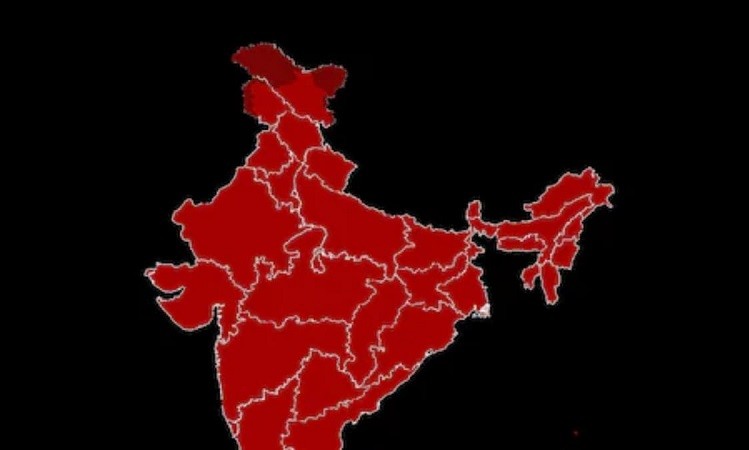
On the auspicious day of November 1, several Indian states mark their formation, celebrating the rich history of culture and demography that defines them. This significant date in Indian history also witnessed the transformation of certain regions into union territories. Go through the chronicles of these remarkable state formations and their unique stories.
Andhra Pradesh (November 1, 1956): The inception of Andhra Pradesh can be traced back to a momentous separation from the Madras Presidency, following a series of agitations and sacrifices. The state came into being after the merger of the Telangana region, which was previously part of the Hyderabad state, with Andhra state.
Tamil Nadu (November 1, 1956): Tamil Nadu's genesis is a product of the linguistic reorganization of states. Portions of Andhra Pradesh, Karnataka, and Kerala were detached from the Madras Presidency, largely due to the selfless sacrifice of Tamil scholar and Gandhian, K Sankaralinganar. His 75-day indefinite fast in October 1956 spurred the legislative passage of the Linguistic Reorganisation of States in 1956 bill and garnered parliamentary approval.
Kerala (November 1, 1956): Simultaneously with Andhra Pradesh and Karnataka, Kerala emerged as an independent state, liberating itself from the Madras Presidency. This transformation followed the passage of the Linguistic Reorganisation of States in 1956 and the amalgamation of the Malabar, Cochin, and Travancore provinces.
Chhattisgarh (November 1, 2000): Chhattisgarh came into existence through the partitioning of ten Chhattisgarhi and six Gondi-speaking southeastern districts of Madhya Pradesh. This historic development was made possible after the President's approval of the Madhya Pradesh Reorganisation Act in 2000.
Madhya Pradesh (November 1, 1956): The state of Madhya Pradesh took shape with the merger of Madhya Bharat, Vindhya Pradesh, and Bhopal, while the Marathi-speaking Vidarbha region was transferred to Bombay State under the States Reorganization Act.
Karnataka (November 1, 1956): Karnataka was born by uniting the Kannada-speaking regions of South India. The princely state of Mysore was amalgamated with the Kannada-speaking areas from the Bombay and Madras presidencies and the principality of Hyderabad, creating a unified Kannada-speaking sub-national entity.
Haryana (November 1, 1966): Haryana's inception can be attributed to the Punjab Reorganisation Act (1966). Under the guidance of Justice JC Shah and the Shah Commission, the existing state of Punjab was divided, leading to the delineation of Haryana's boundaries.
Punjab (November 1, 1966): In 1956, East Punjab was integrated into an enlarged Indian state named "Punjab." However, the linguistic division resulted in the formation of Haryana as a separate state under the Punjab Reorganisation Act (1966), where the Punjabi-speaking population found its own distinctive identity.
On this special day, these Indian states and territories reflect on their unique histories, cultures, and the enduring spirit that binds them together in the diverse mosaic of the nation.
"Unfortunate Situation": Omar Abdullah Comments on INDIA Alliance Disputes
Senior Congress Leader Denies Differences with Kamal Nath Ahead of Madhya Pradesh Polls
BJP Chief Highlights Corruption and Scams in Bhupesh Baghel's Government